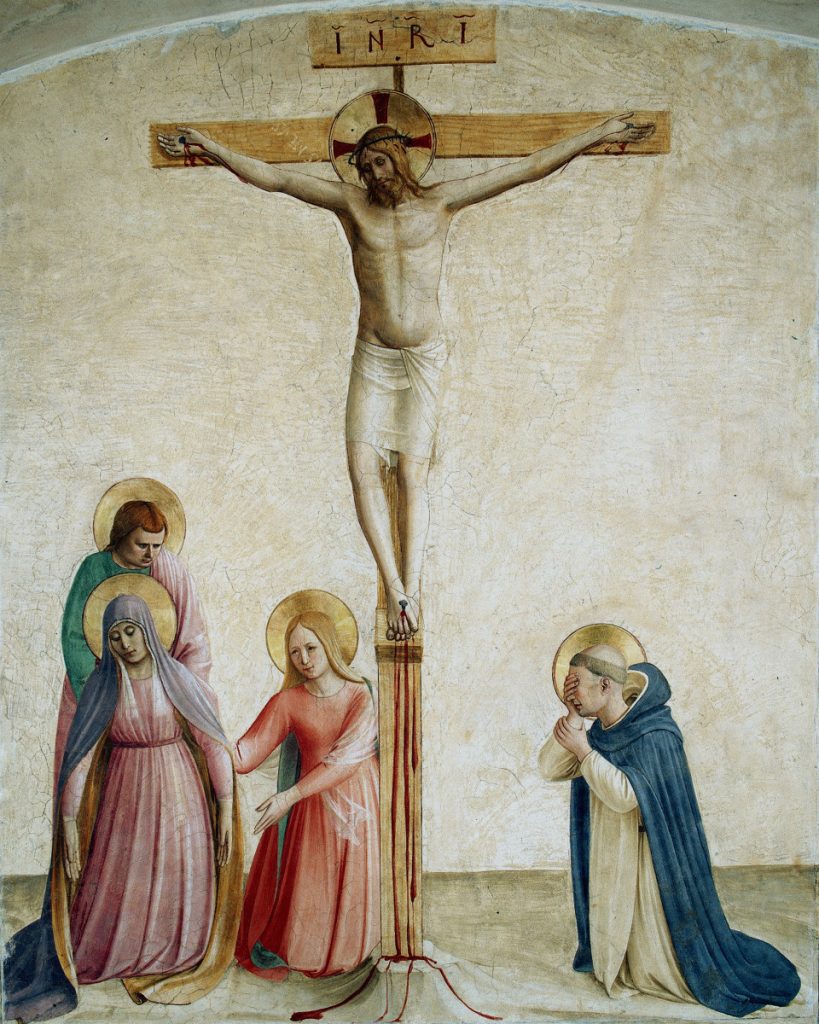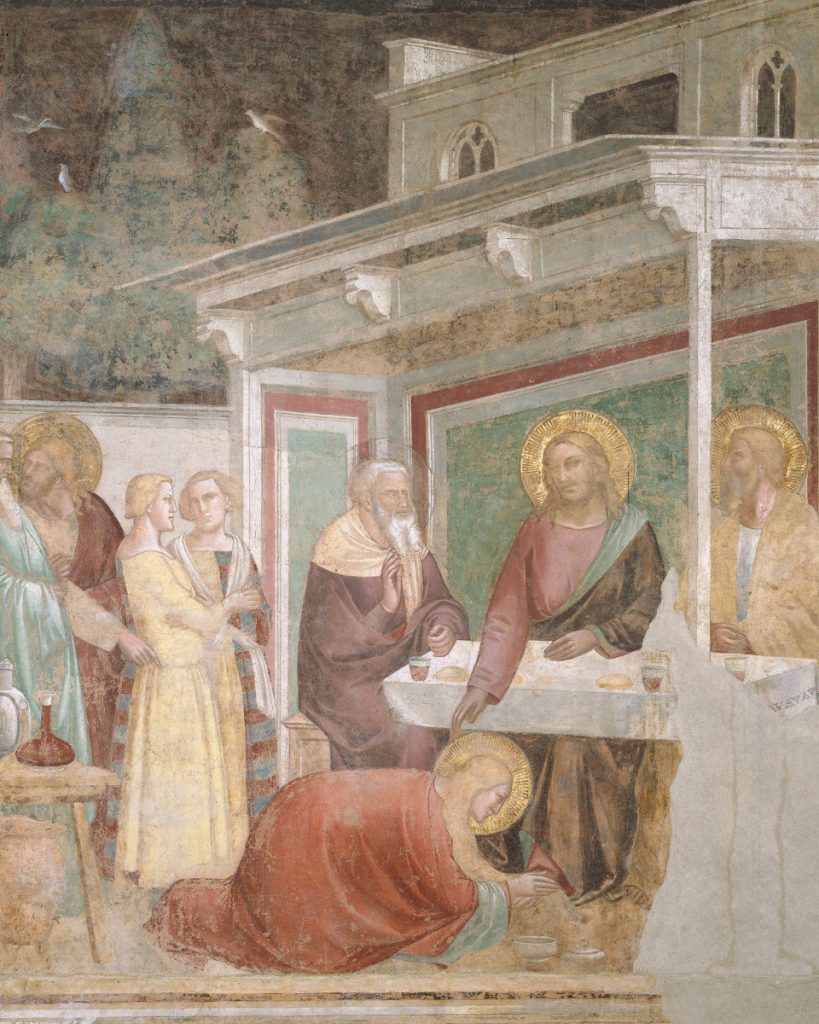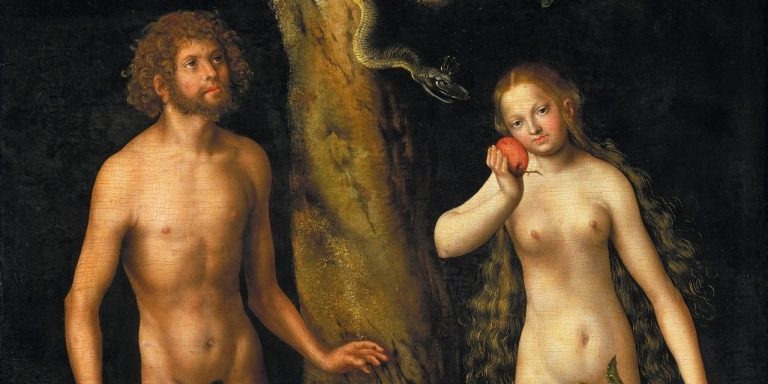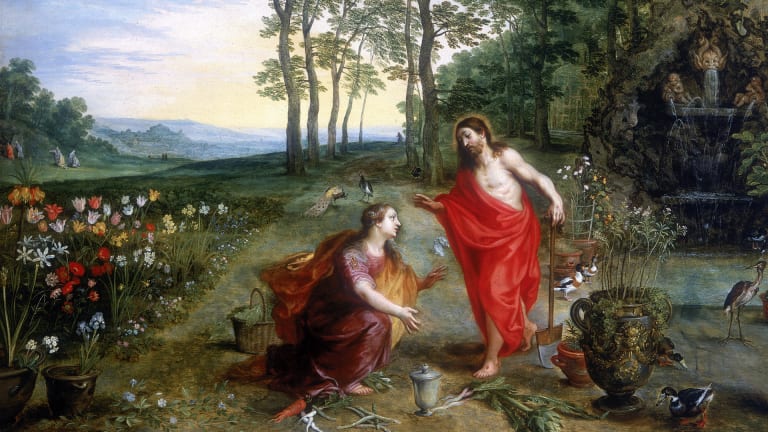The woman who wants to take away Mary Magdalene’s reputation as a prostitute

The question is always the same: was Mary Magdalene a prostitute or not?
The question of whether or not Mary Magdalene was a prostitute has been highly debated. A large number of scripture scholars believe that she was not a prostitute but was falsely associated with the sinner who anointed the feet of Jesus in Luke 7: 36-50. Many see a prostitute as a poor woman selling her body to make ends meet, but this idea has already been disproved, especially from the biblical point of view.
Is the Gospel wrong?
With the archaeological findings in his home town, it can be understood in a different way when Luke 8: 2-3 mentions Mary Magdalene and several other women who take care of Jesus with their own resources. Since the discovery of the northern part of the ancient Magdala in 2009, the excavations point to a rich city on the coast of Galilee, which gives credibility to the possibility of Mary of Magdala being a rich, probably independent woman. Whether or not she was involved in an illicit and scandalous lifestyle, this perception cannot be based on biblical or archaeological evidence, not least because the scriptures state that Jesus freed her from seven demons, a situation that should not be interpreted lightly.

So the question remains: Was Mary Magdalene a prostitute or not?
Pope Gregory the Great introduced the name “prostitute” in 591, but Pope Francis, in 2016, recognized the holiness of Magdalene.
Why this difference in the Church’s views?
Because in Gregory’s horrible homily he expressed a very popular belief of the Church of his time in the West: that Mary of Magdala was the sinful woman who anointed the feet of Jesus and also Mary of Bethany. He wrote: “She whom Luke calls the sinful woman, whom John calls Mary, we believe to be the Mary from whom seven demons were taken according to Mark”. This identification of sinful women with Mary of Bethany and Mary of Magdala is common within the tradition of the Western Church, while Eastern and Orthodox tradition tends to identify these women as three separate persons. So much so that the debate has been going on for a long time and in the ninth century, the Western Church accepted the tradition that the three would be the same Mary of Magdala.
The rejection of this tradition came with the Protestant Reformation of the 16th century. Another rejection of this “3-in-1 theory”, or as some call it, the composite Magdalene, results from 20th century Bible scholars. In the light of this discussion, the Catholic Liturgy was reformulated again in 1969 and the liturgical prayers on the feast of Mary Magdalene reflect its role as the first witness to the resurrection and its constant love when it embraced Jesus before being sent to proclaim the good news of his resurrection (John 20).
The prayers no longer identify her with Mary of Bethany and the “woman with the alabaster jug”, so much so that it is interesting to note that there is no special day in the Catholic Church for Mary of Bethany.
Do the archaeological excavations reveal the whole life and profile of Mary Magdalene?

Archaeology is a science that gives clues about the possible culture and lifestyle of a people. If we compare archaeological findings with historical texts and historians’ reflections on Galilee in the first century, we can deduce that Magdala was a prosperous Jewish fishing town and was in a region that Jesus and his disciples must have crossed.
Professor Marcela Zapata and her team from UNAM and Anahauc universities in Mexico, as well as Dina Avshalom-Gorni and Arfan Najjar, members of the Israeli Antiquities authorities, discovered a first century synagogue, four Jewish purification baths and the port from the same period. And through this site, in the 21st century, more than 400,000 visitors have passed since 2014 to reflect on this Crossroads of Jewish and Christian history where Jesus probably preached. The imagination of the Gospel comes to life here and visitors may even question what Mary Magdalene would look like: a curious spectator who heard Jesus preach in the synagogue, at the market or in a boat near the port.
What remains to be discovered about Mary Magdalene?
More than discovering new information about Mary Magdalene, we live the joy of undoing the beauty of a life transformed by the encounter with the unconditional love of Jesus. This is a relevant story for all humanity today.



